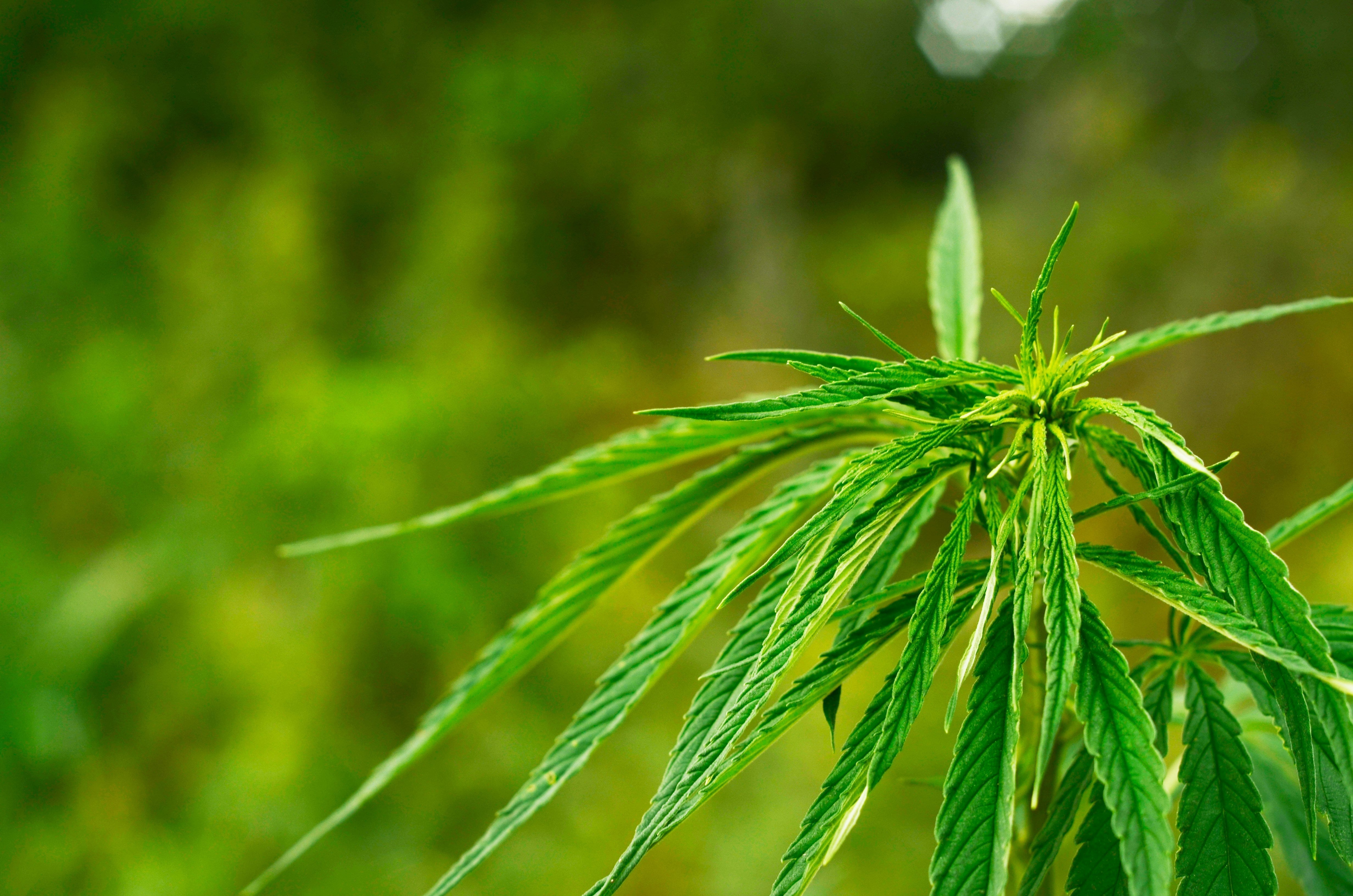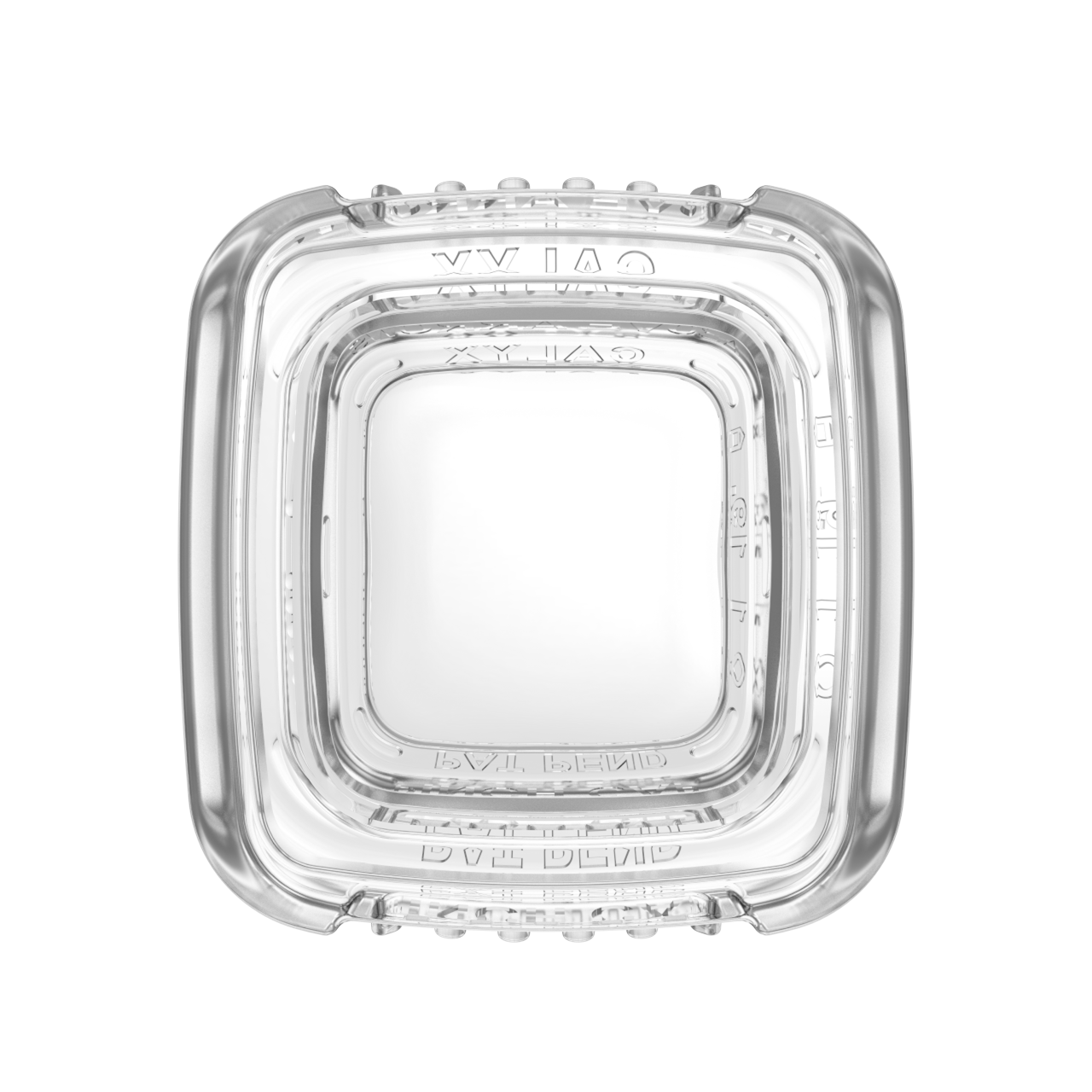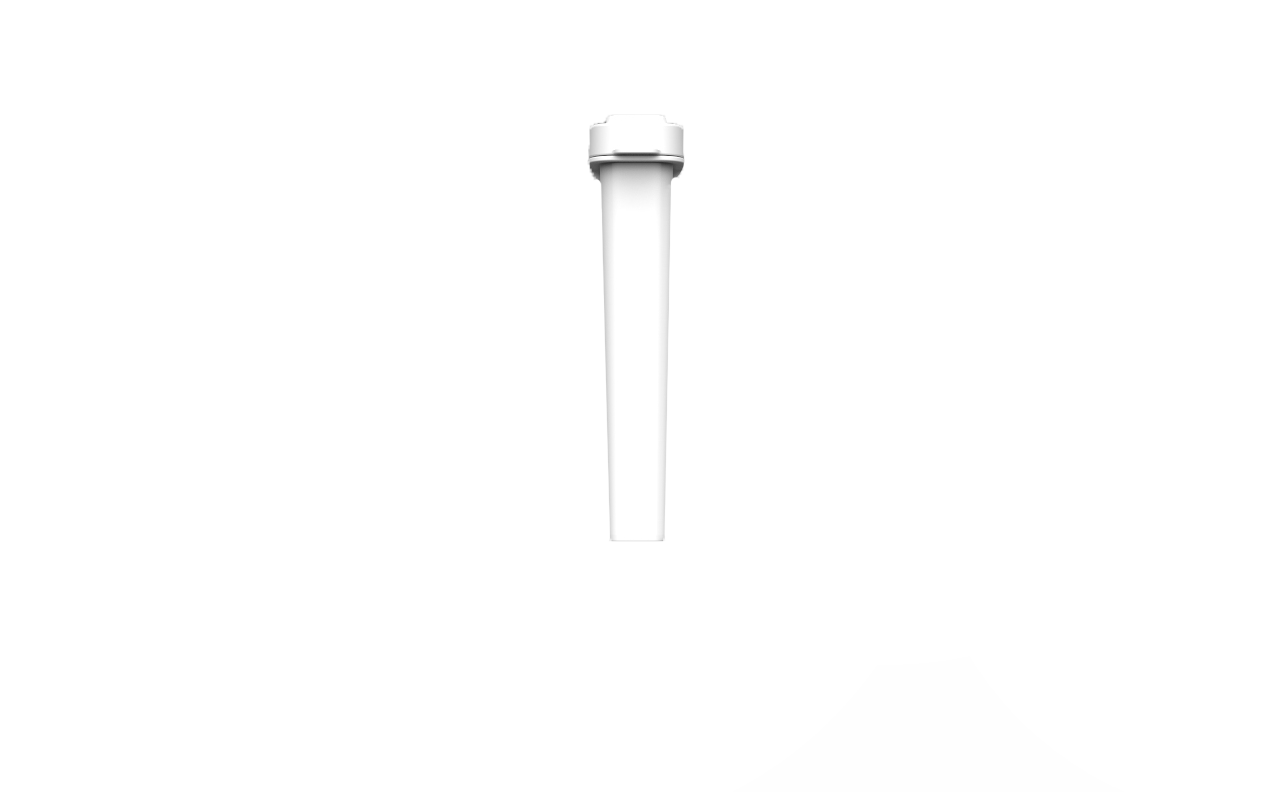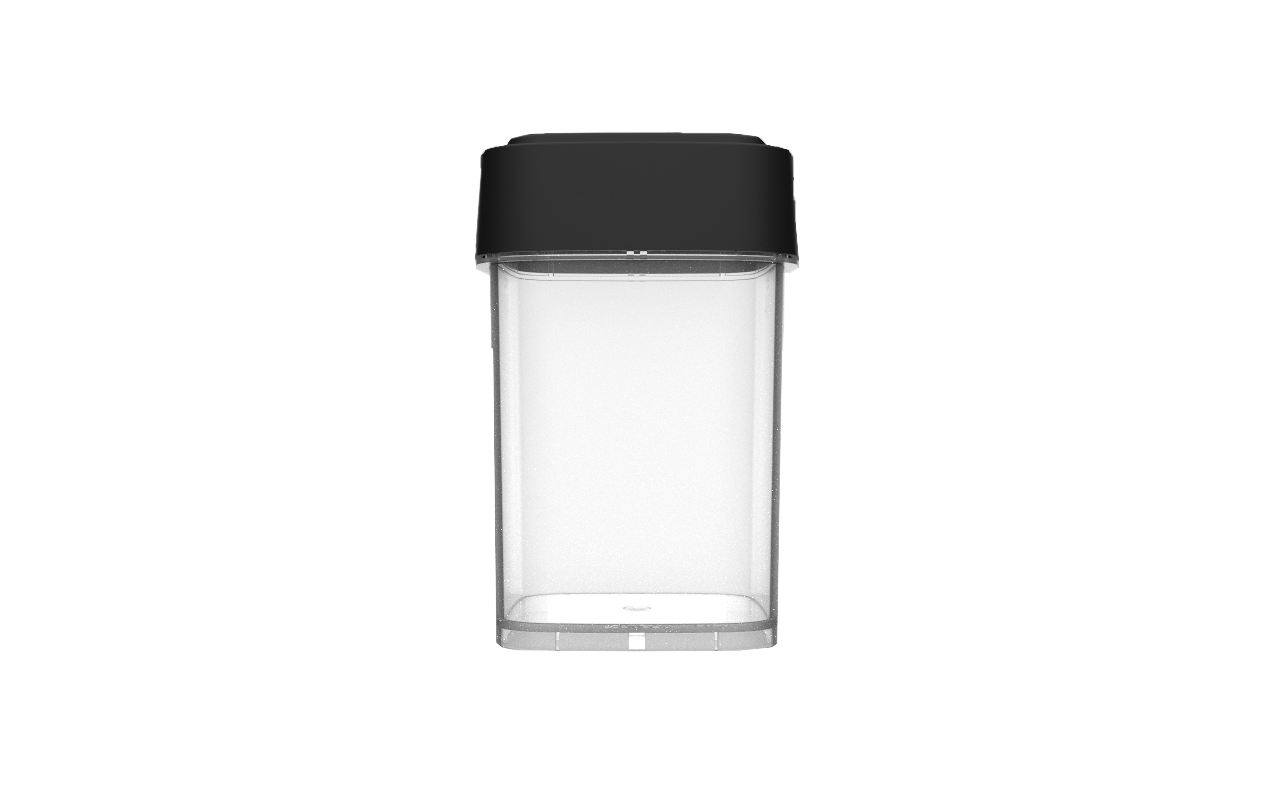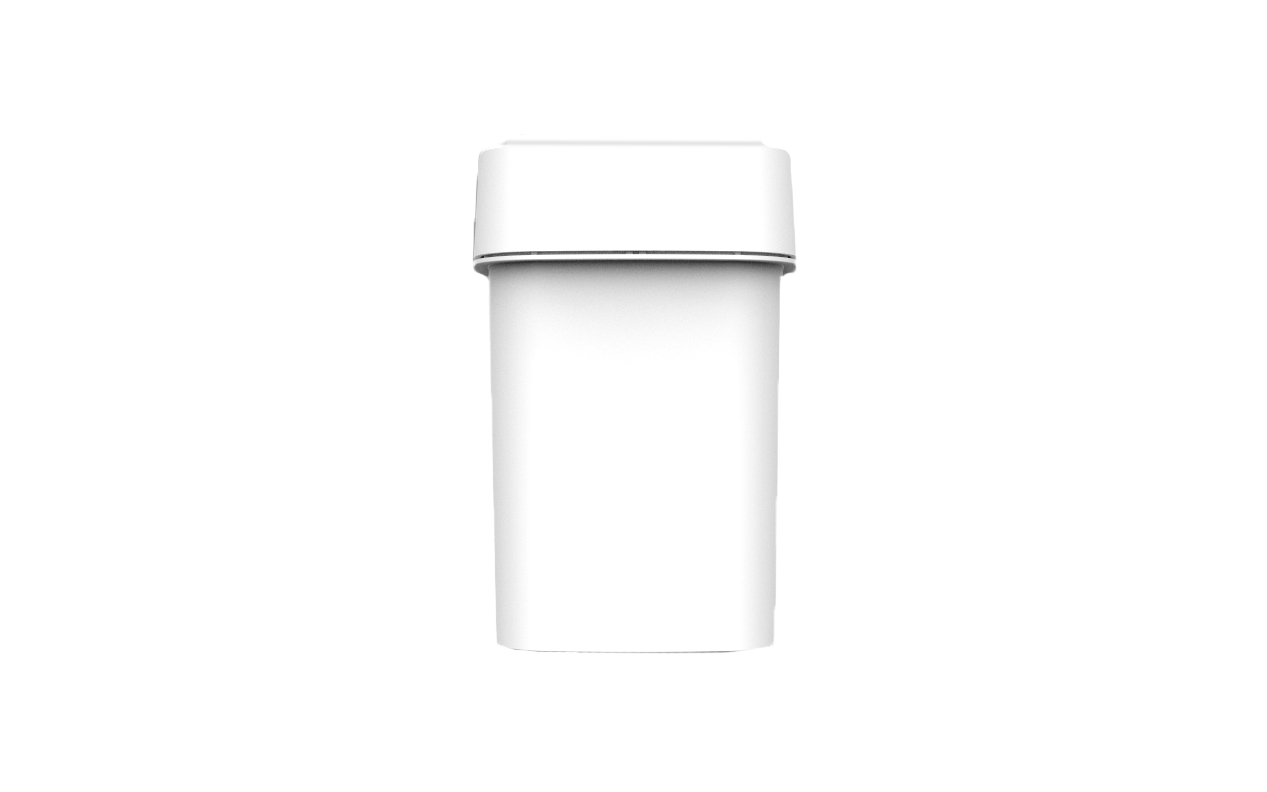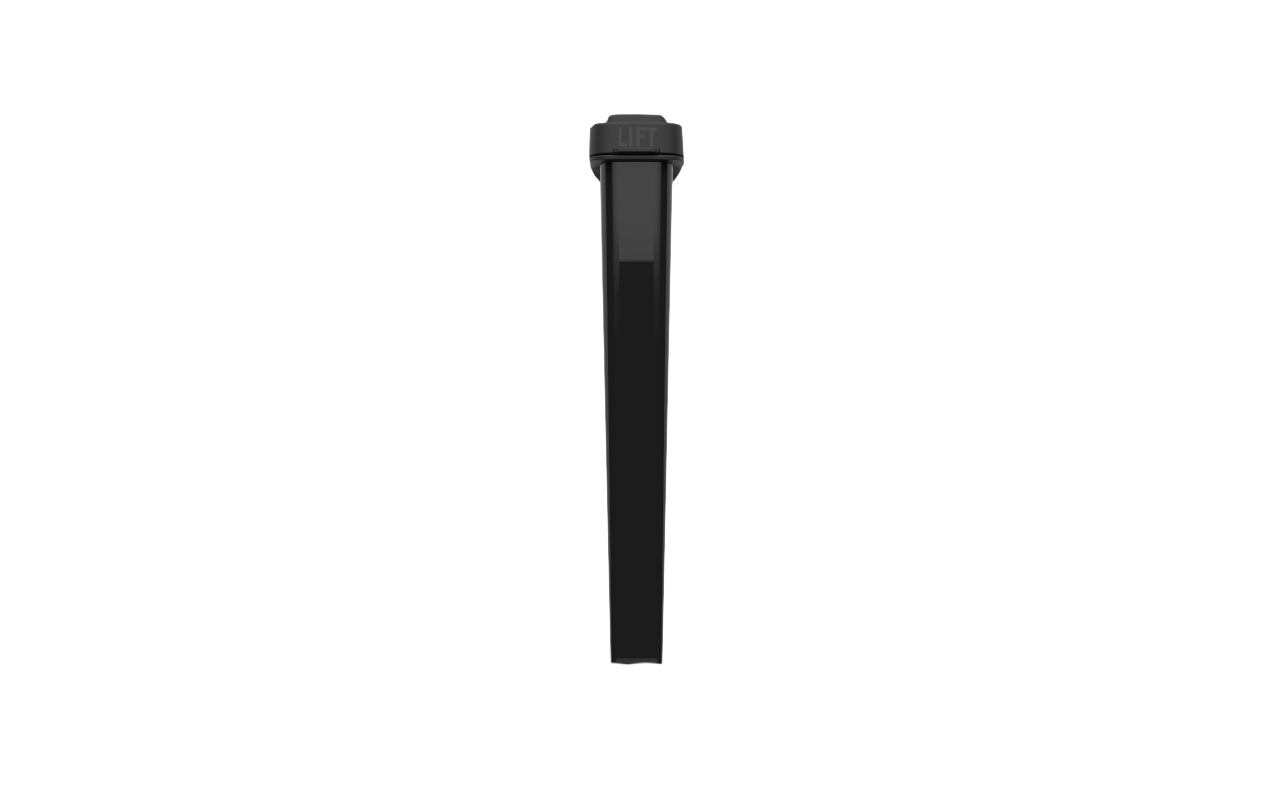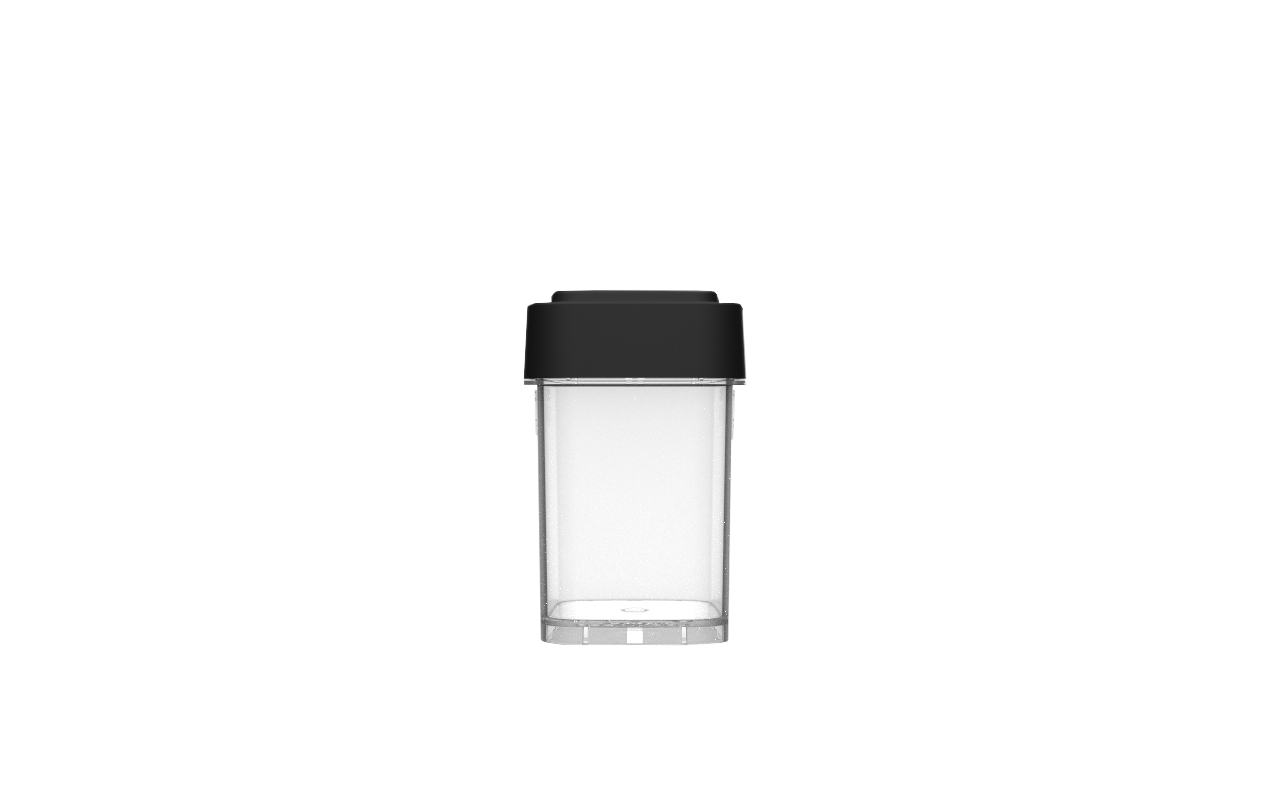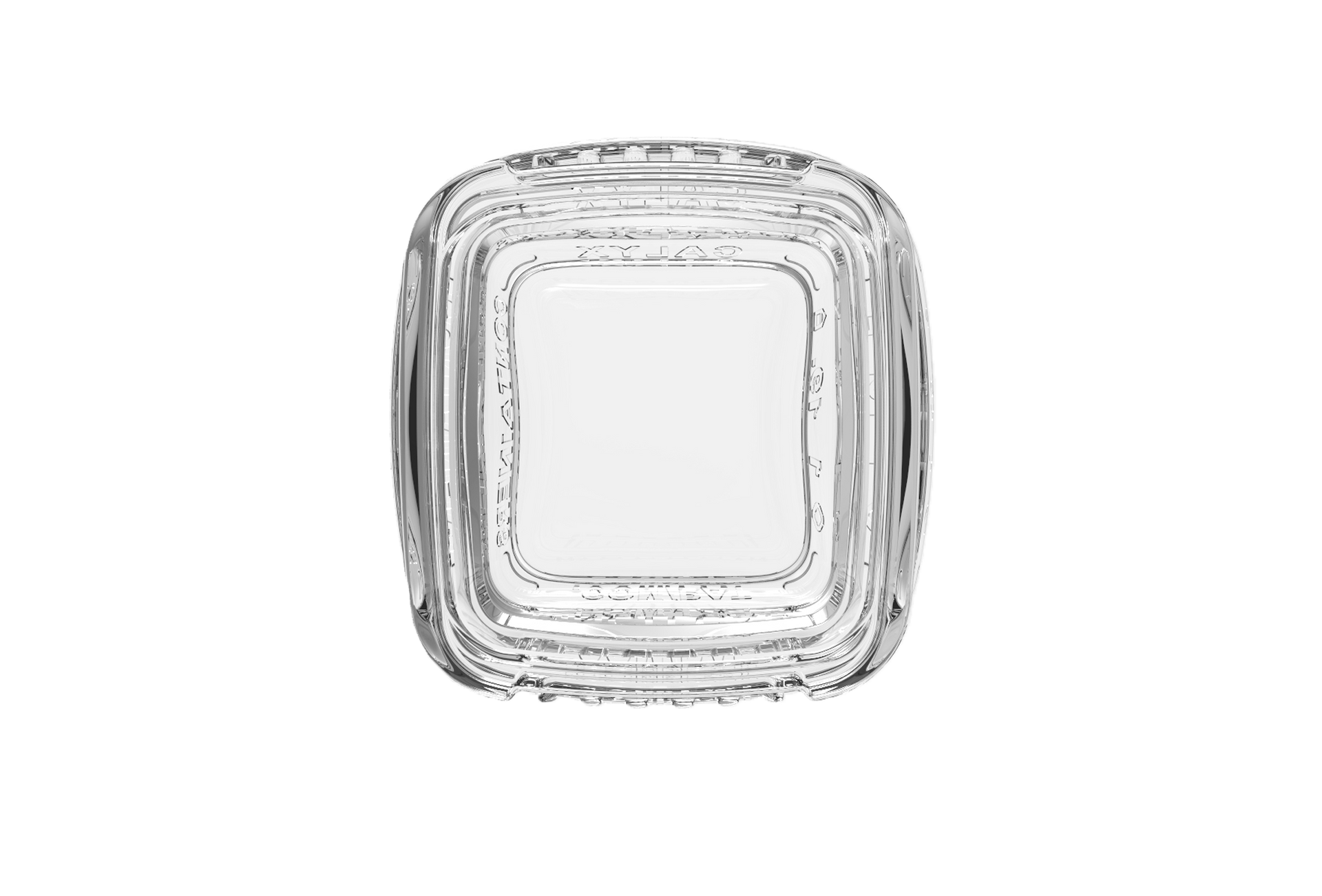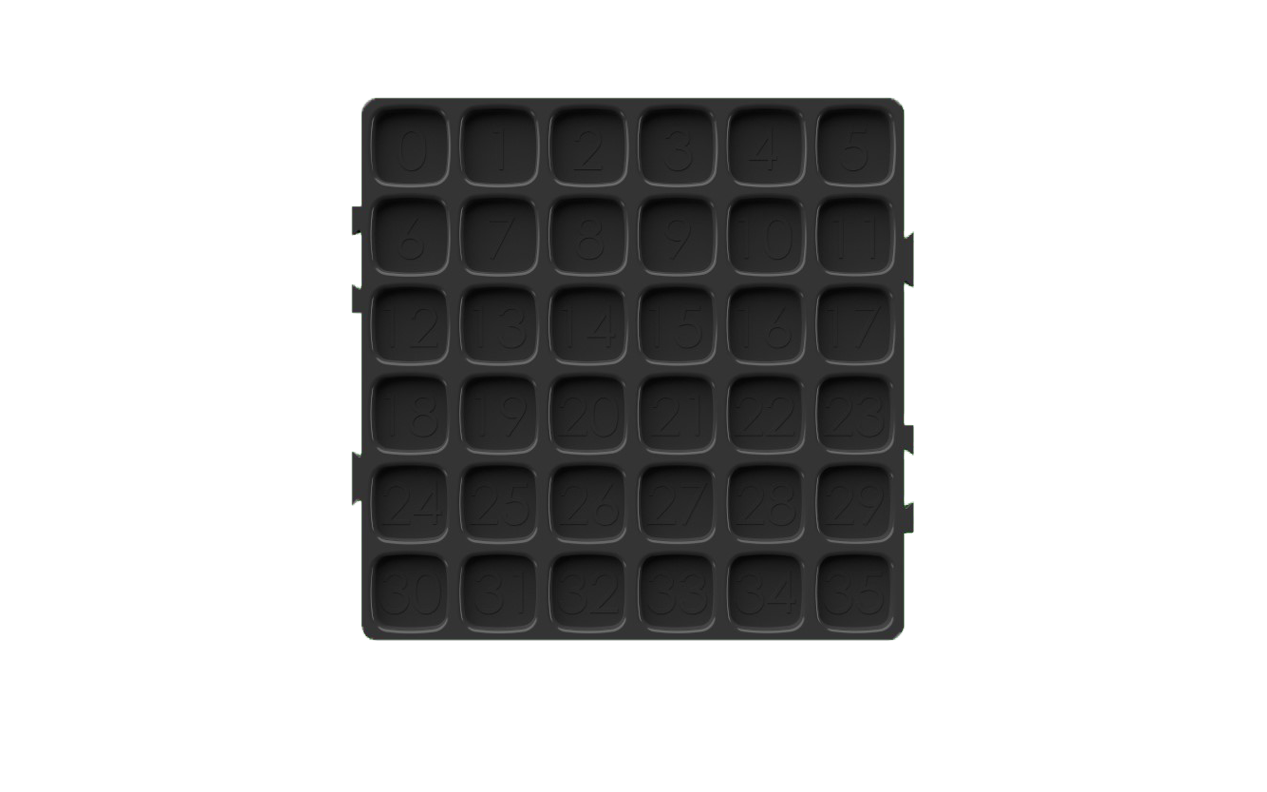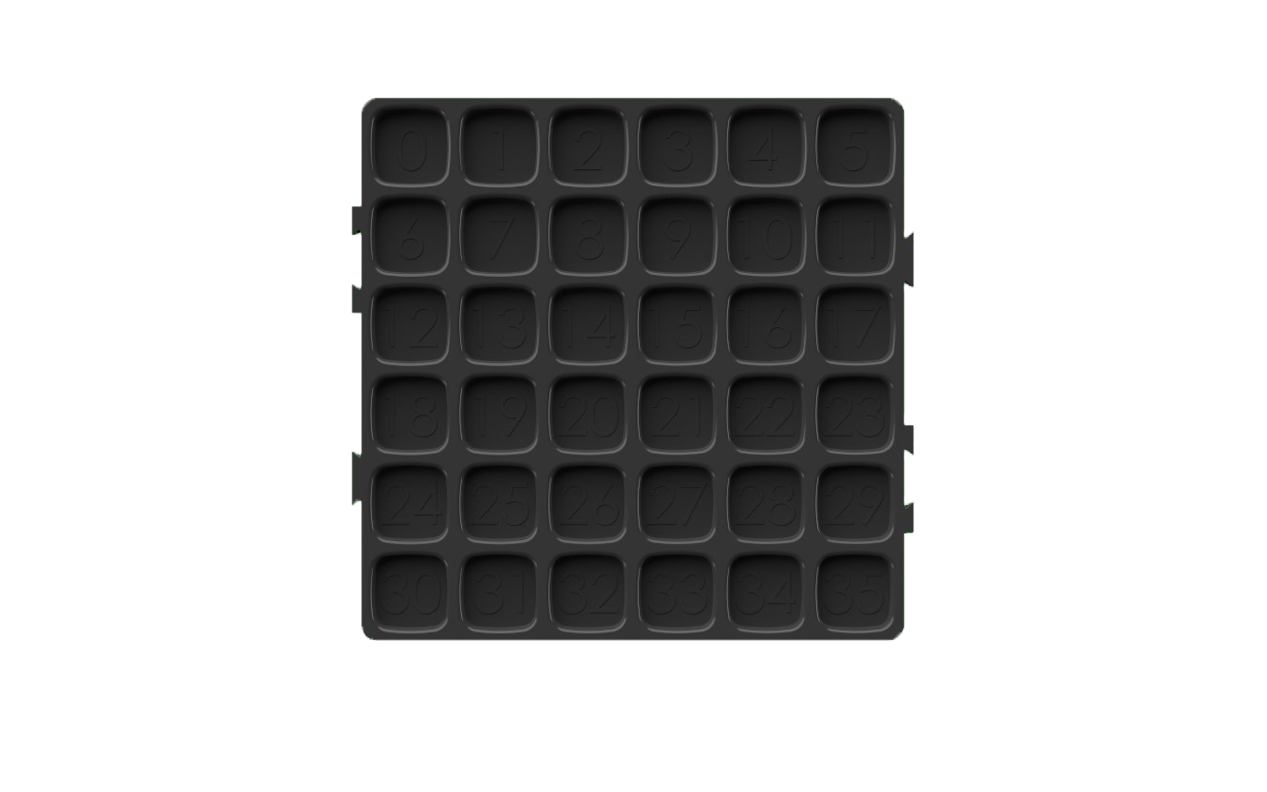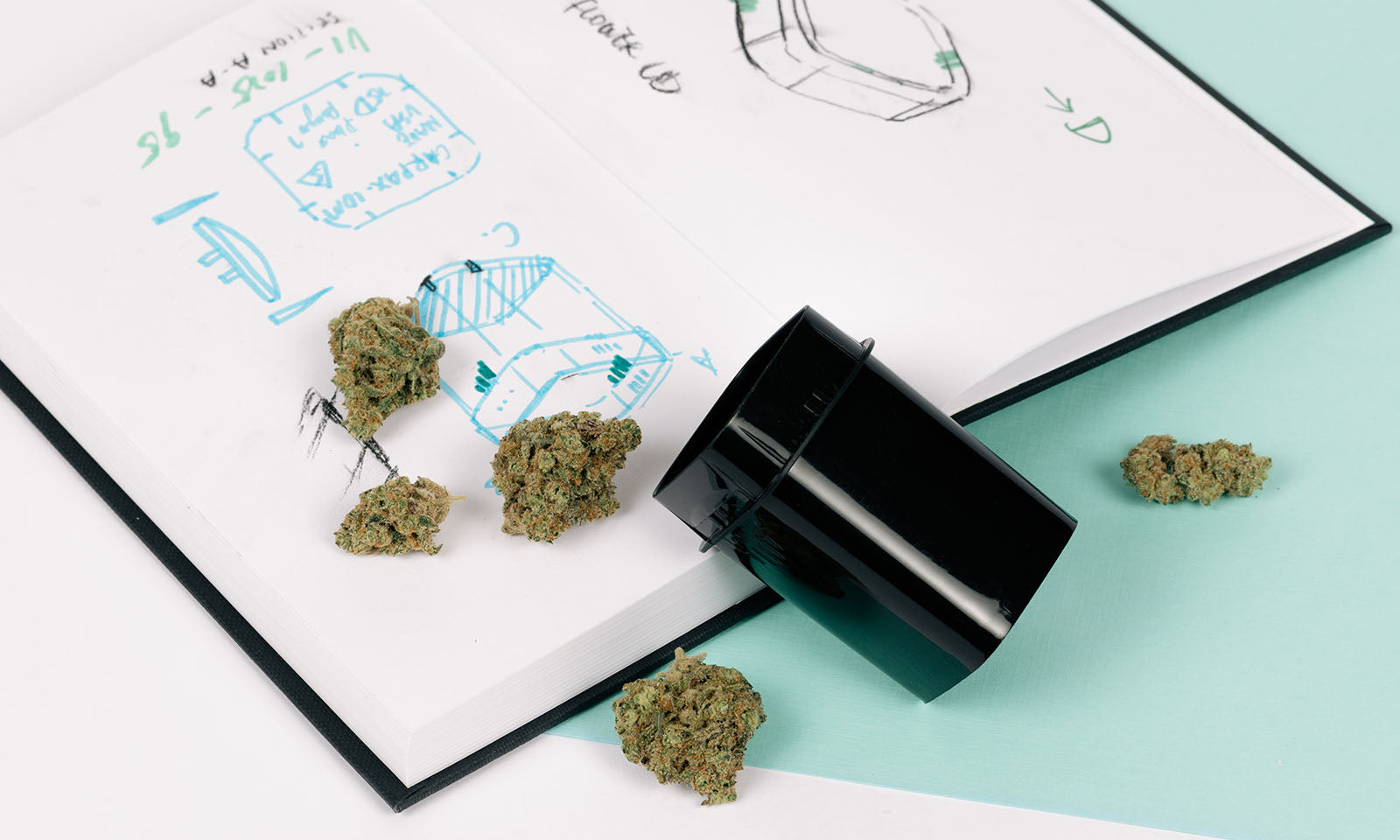When people talk about cannabis, the conversation often jumps to modern-day categories like indica, sativa, or hybrid—or perhaps even the latest terpene profiles or cannabinoid percentages. But long before THC levels made headlines, before “sativa-dominant” became a retail phrase, and before strain names like Blue Dream or Durban Poison hit dispensary shelves, cannabis had to be formally named and classified like any other plant on Earth.
That moment happened in 1753, thanks to a Swedish botanist named Carl Linnaeus, who laid the groundwork for how we scientifically understand the plant today.
Let’s take a quick look into that origin story, why it matters, and how cannabis packaging has evolved leaps and bounds since Linnaeus’ time.
When Was Cannabis sativa Classified?
The official classification of Cannabis sativa L. dates back to 1753, when Carl Linnaeus published his landmark botanical reference, Species Plantarum. This book is considered the starting point of modern plant taxonomy. In it, Linnaeus named and described thousands of plants—including cannabis.
He gave the cannabis plant the name Cannabis sativa L.:
- Cannabis = the genus
- sativa = the species
- L. = an abbreviation of Linnaeus, noting he was the author of the classification
The term sativa is derived from the Latin word sativum, meaning "cultivated." At the time, the plant was widely used for its fiber, oil, and medicinal properties, and the plant Linnaeus described was primarily the European hemp variety—tall, fibrous, and low in THC.
Linnaeus likely never encountered high-potency psychoactive cannabis like what we see in dispensaries today. Still, his classification became the scientific foundation for everything that followed.
Who Was Carl Linnaeus?

Carl Linnaeus (1707–1778) was a Swedish botanist, physician, and zoologist widely regarded as the "Father of Taxonomy." His mission was simple but ambitious: to catalog and organize every plant, animal, and mineral in the natural world using a standardized system of naming.
Before Linnaeus, plant names were often long, inconsistent, and region-specific. His innovation was to introduce a binomial nomenclature—a two-name system consisting of genus and species (like Homo sapiens for humans or Cannabis sativa for cannabis).
Linnaeus’ system revolutionized how scientists around the world communicated about biology. It brought clarity to chaos, and it allowed researchers to build on one another’s work using a shared language.
Interestingly, Linnaeus was known for his curiosity and precision. He traveled extensively across Sweden and Europe cataloging flora, collecting specimens, and creating detailed illustrations. His work was not just technical—it was deeply passionate.
And while he probably didn’t anticipate that Cannabis sativa would become one of the most debated plants in modern science, medicine, and culture, his classification helped spark that conversation.
What Is the Linnaean Botanical System?
Carl Linnaeus’ botanical system is centered on binomial nomenclature and hierarchical classification. Plants (and later, animals and fungi) were organized into a nested system of groups, based on shared physical characteristics.
The major categories included:
- Kingdom
- Class
- Order
- Genus
- Species
Cannabis sativa was placed in the Kingdom Plantae, in the Order Urticales (now Rosales), and under the Genus Cannabis.
What’s even more interesting is that Linnaeus’ classification was based mostly on observable traits—like the shape of leaves or flowers—not on genetics, chemistry, or psychoactive compounds. That came later.
In fact, it wasn’t until 1785 that another botanist, Jean-Baptiste Lamarck, suggested a second species, Cannabis indica, to account for plants from India that were shorter, bushier, and had intoxicating effects.
Today, we understand that the plant is genetically complex, with hundreds of chemotypes, phenotypes, and hybrid variations. But Linnaeus' early system is still the backbone of how we name and organize cultivars.
If Only Carl Linnaeus Had Better Cannabis Packaging
Picture it: Sweden, 1753. Linnaeus is collecting cannabis specimens for documentation, carefully storing plant matter in parchment, cloth, or wooden boxes.
If only Carl Linnaeus had access to airtight, UV-blocking, moisture-optimized packaging like the containers we manufacture today at Calyx.
Imagine how much better those early samples could’ve been preserved—how much more precise the analysis of aroma, structure, and potency could have been with modern cannabis packaging technology.
While Linnaeus didn’t have the benefit of modern materials science, you do—and that makes a world of difference in how flower is stored, transported, and experienced today.
The Legacy of Cannabis sativa L.
Whether you're a cultivator, consumer, or cannabis history nerd, understanding the roots of how the plant was classified offers a deeper appreciation for how far the industry has come.
From Linnaeus’ early drawings to today’s strain-specific genetic testing, cannabis taxonomy continues to evolve. But the foundation laid in 1753 remains, quite literally, in the name.
So next time you see Cannabis sativa L. on a test result, label, or research paper, you’ll know the “L.” isn’t just a letter—it’s the legacy of Carl Linnaeus, a curious scientist who helped the world make sense of its plants.
Interested in learning more about cannabis and its history? Check out more of our Cannabis Info Blogs to grow your knowledge of this incredible plant and the science behind it.
